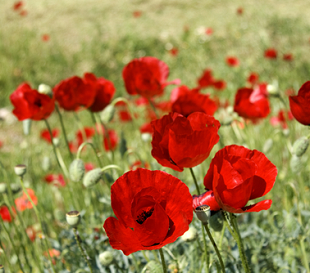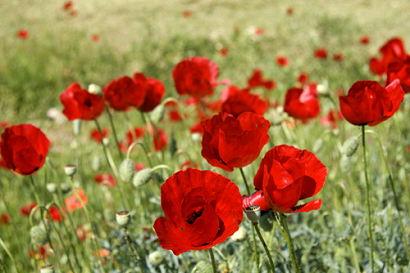
The wild flowers of the Peloponnese
The Peloponnese is one of the most flowery spots in Europe and is a truly spectacular sight during the springtime. Huge areas are swathed with gorgeous colour and sweet scents hang upon the air.
There are some 2,300 species of flowers on the Peloponnese, of which 350 are found nowhere else in the world. One of the best places to visit in the Peloponnese during the springtime is the Mani Peninsula.
The peninsula is isolated and independent and this is reflected somewhat in the architecture of the villages, which have been heavily influenced by the Ottoman Empire. Fantastic rolling hills and mountains form a dramatic backdrop to some of Europe’s most unspoilt and breathtaking scenery.
In the springtime the beautiful abundant flowers dominate this already wildly stunning landscape. So famous is this colourful display that several tour companies make a handsome living guiding the “flower tourists” around the best spots.
Prior to 1970 there were no roads to speak of on Mani and this relative isolation is one of the main reasons the nature of the area thrives so spectacularly. Of course with the building of new roads the peninsula is now open to tourism and many a “tower house” in the region offer refreshments.
The unusual tower houses of the Mani Peninsula are a tourist attraction in their own right. The “Maniots” were converted to Christianity fairly late on when compared to Britain especially when you consider the relative closeness of Greece to the Holy Land. Paganism did not altogether die out in Maniot society until the 12th century. This is another example of the isolation of Mani which has turned out to be a good thing, leaving the peninsula unspoilt and giving nature pride of place.
Mani is not the only place in the Peloponnese to offer fantastic sights of flowers in blooming colour but it is arguably the best. May, as you can imagine, is a particularly spectatcular month to visit.



